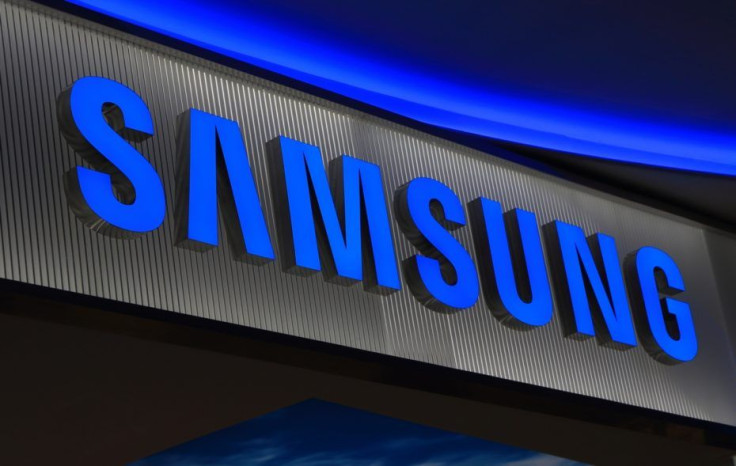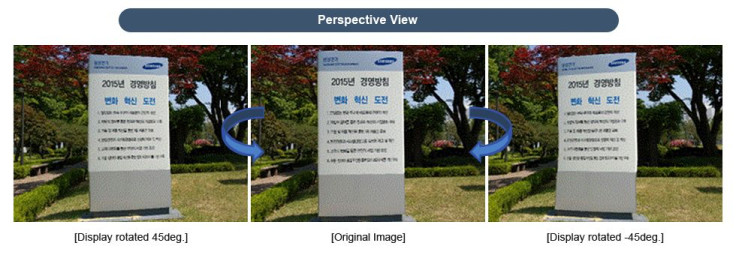Galaxy Note 8 Photos: Samsung Details Dual-Camera System Features

The upcoming Samsung Galaxy Note 8 will look to complement Samsung’s flagship Galaxy S8, which dropped earlier this year. Thanks to a recent internal update from Samsung, we also have a better idea of what the Note 8’s camera system might look like.
The Note 8 is rumored to have a dual-camera system that could be supplied by Samsung Electro-Mechanics and an update on the Samsung subsidiary’s Korean site details the features of this hardware. For photo takers, one area where the camera system could be beneficial is image stabilization. With the dual-camera setup, the phone can compensate for natural unsteadiness when you’re taking a photo when your arm is extended.
Read: Samsung Galaxy Note 8 release date confirmed; Aug. 23 Unpacked event invites sent
On YouTube, Samsung explains how optical image stabilization could work with the camera setup:
The dual-camera rig can also provide a variety of image quality improvements for general video or photo taking. One section of the website details a potential mode called “Super Night Shot.” Traditional single-sensor cameras typically struggle to take images in nighttime or low-light situations. But according to Samsung, the dual-camera setup can take in more data to produce better-quality images.

Notably, Samsung also details how the dual-camera setup could be used for sensing depth in images. While this feature has general upsides for image quality, depth-sensing has been a major part of augmented reality technology, which refers to overlaying information on top of the field of vision from a device like a smartphone.
At the moment, it’s unclear how extensive the technology could be on Samsung phones. By comparison, the upcoming iPhone 8 has been rumored to include full 3D-sensing abilities to help fuel Apple’s augmented reality ambitions. But at a basic level, depth-sensing has been a common way to bolster augmented reality features on devices like smartphones.
With this spatial awareness, smartphones can detect where you physically are in relation to a location. For a feature like Samsung’s Bixby Vision, this potentially means that you could check out a tourist spot in a city and onscreen could persistently remain tracked on your screen as you walk around the location.

Other features that Samsung Electro-Mechanics details include the dual-camera rig’s optical zoom abilities, improved high-dynamic range support, focusing and a perspective view. With this feature, users would be able to rotate around within an image to see it from slightly different angles.

For interested Samsung Note 8 buyers, it’s not a sure bet that all these features will make it onto the upcoming smartphone. Samsung Electro-Mechanics’ update is only for the actual camera chip and smartphone manufacturers have sometime shipped phones with hardware that isn’t fully activated at launch.
Still, with pre-orders for the Note 8 expected to start in late August ahead of an early fall launch, it’s unlikely that Samsung is still locking down major hardware details like the phone’s camera system. Plus, dual-camera systems are an increasingly popular way among manufacturers to improve image quality and performance on their smartphones.
Read: Samsung Pay might make its way to non-Samsung flagship phones
The upcoming Essential Phone will have a similar dual-camera system and in a blog post, the company detailed how it works:
The Essential Phone camera is made up of two cameras that work in tandem with one another. The first rear-camera is designed for color, and like most cameras, it applies a red, green, or blue color filter at different pixel locations, and then assigns that pixel a value. As a result, the camera must interpolate the neighboring pixels to produce the final image.
What does this mean? If only some of the pixels are assigned color values, the camera must infer what the rest of the image should look like, and this often leads to less-than-ideal resolution. That’s why we made our second rear camera a true monochrome camera, which does not require any color filter. The lack of a color filter means that no interpretation is necessary—every pixel is assigned a true black or white value, which enables the camera to produce images with much less noise and much higher resolution, no matter the lighting conditions.
Internally, the Note 8 is expected to sport specifications in line with top smartphone models. As with most high-end smartphones, the Note 8 is rumored to sport a minimal bezel design and a rear fingerprint scanner. The Snapdragon 836-powered phone is also slated to have a 6.3-inch display and 256GB of internal storage.
© Copyright IBTimes 2024. All rights reserved.











